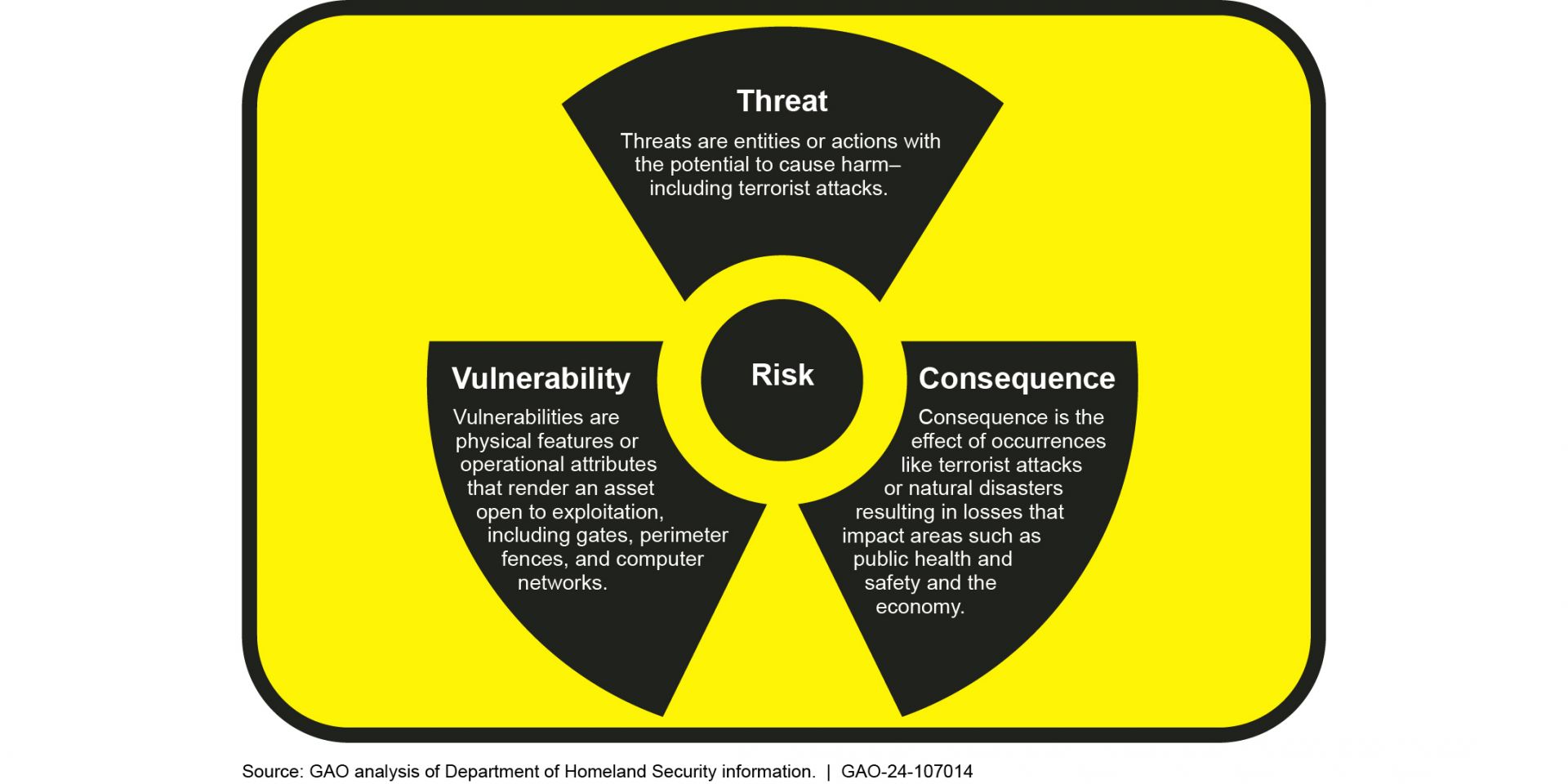At INL's Fuel Conditioning Facility, spent nuclear fuel material is being recycled into fuel for Oklo's commercial Aurora Powerhouse deployment at INL. (Photo: INL)
Oklo Inc. announced yesterday that a safety design report for the Aurora fuel fabrication facility the company plans to build at Idaho National Laboratory has the approval of the Department of Energy. At the facility, Oklo plans to use high-assay low-enriched uranium (HALEU) that has been recovered from used Experimental Breeder Reactor-II fuel to produce fuel for its first planned microreactor—dubbed Aurora—which is also set for deployment at INL.
Participants visited the Augusta Convention Center to meet with representatives of hundreds of colleges and universities. (Photo: SRS)
More than 4,700 attendees recently filled the Augusta Convention Center in Georgia in search of higher education and career opportunities during the Savannah River Site Central Savannah River Area College Night. The Department of Energy’s Savannah River Site is in South Carolina.
The EBR-II dome, site of the DOME advanced reactor test bed. (Photo: INL)
Understanding the forces driving and impacting the advancement of our clean nuclear energy future
American Nuclear Society Executive Director/Chief Executive Officer Craig Piercy speaks at the 2024 UWC opening plenary.
The 2024 Utility Working Conference brought together the nuclear industry’s best in August to discuss and learn from key developments, successes, opportunities, and needs in the sector. American Nuclear Society Executive Director/Chief Executive Officer Craig Piercy opened the conference and its first plenary by talking about the nuclear industry’s current momentum.
The three elements of radioactive material risk (Image: U.S. GAO)
A new report from the U.S. Government Accountability Office finds that the Nuclear Regulatory Commission has not taken the steps needed to address the potential economic and societal radiological risks that could arise from a “dirty bomb.”



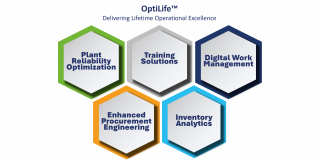

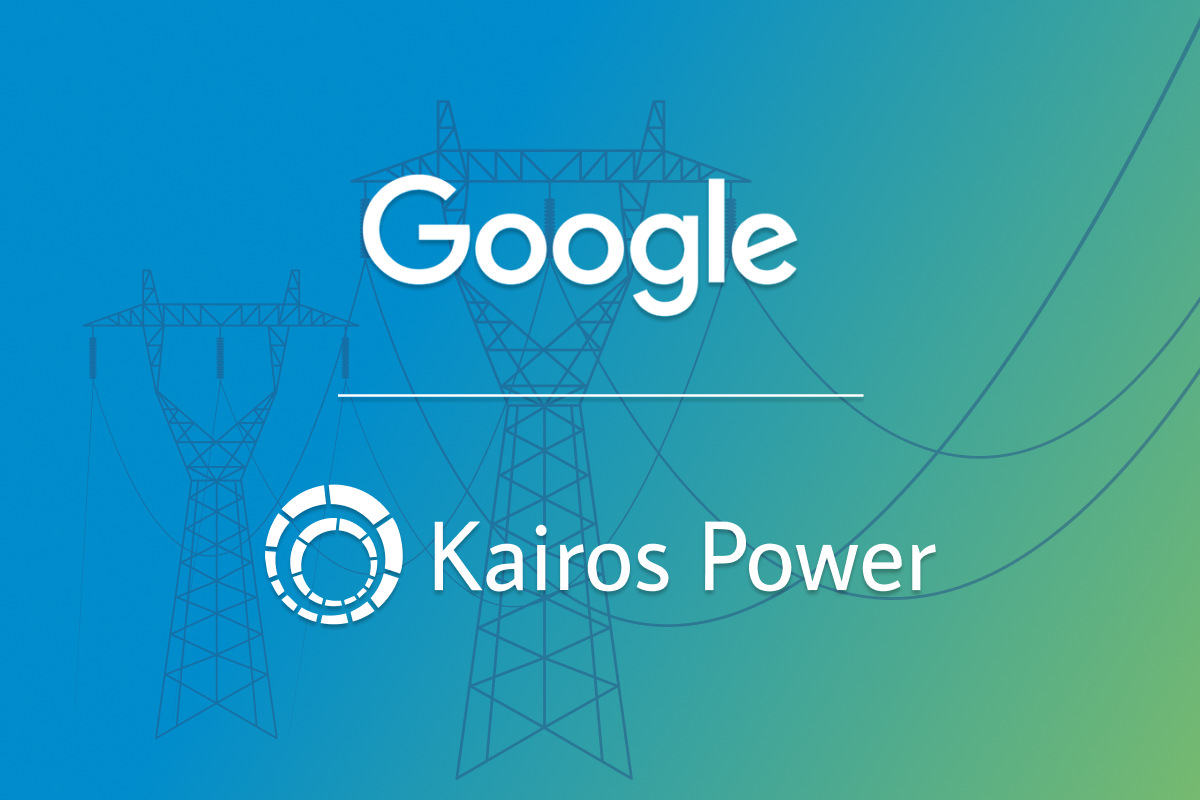






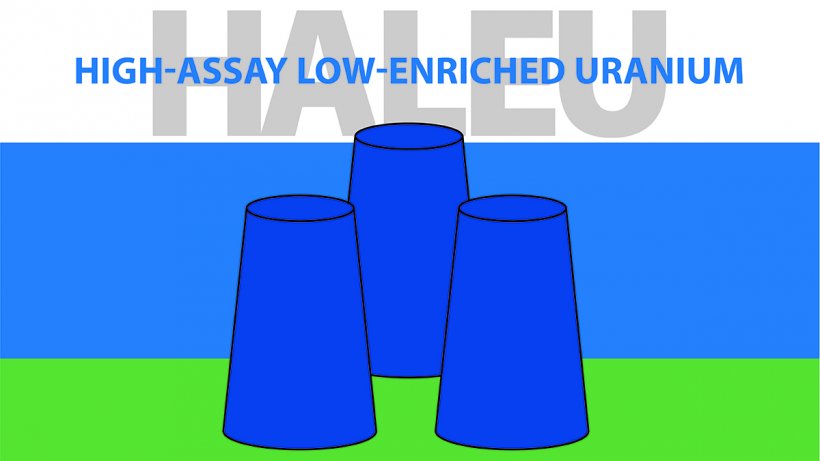
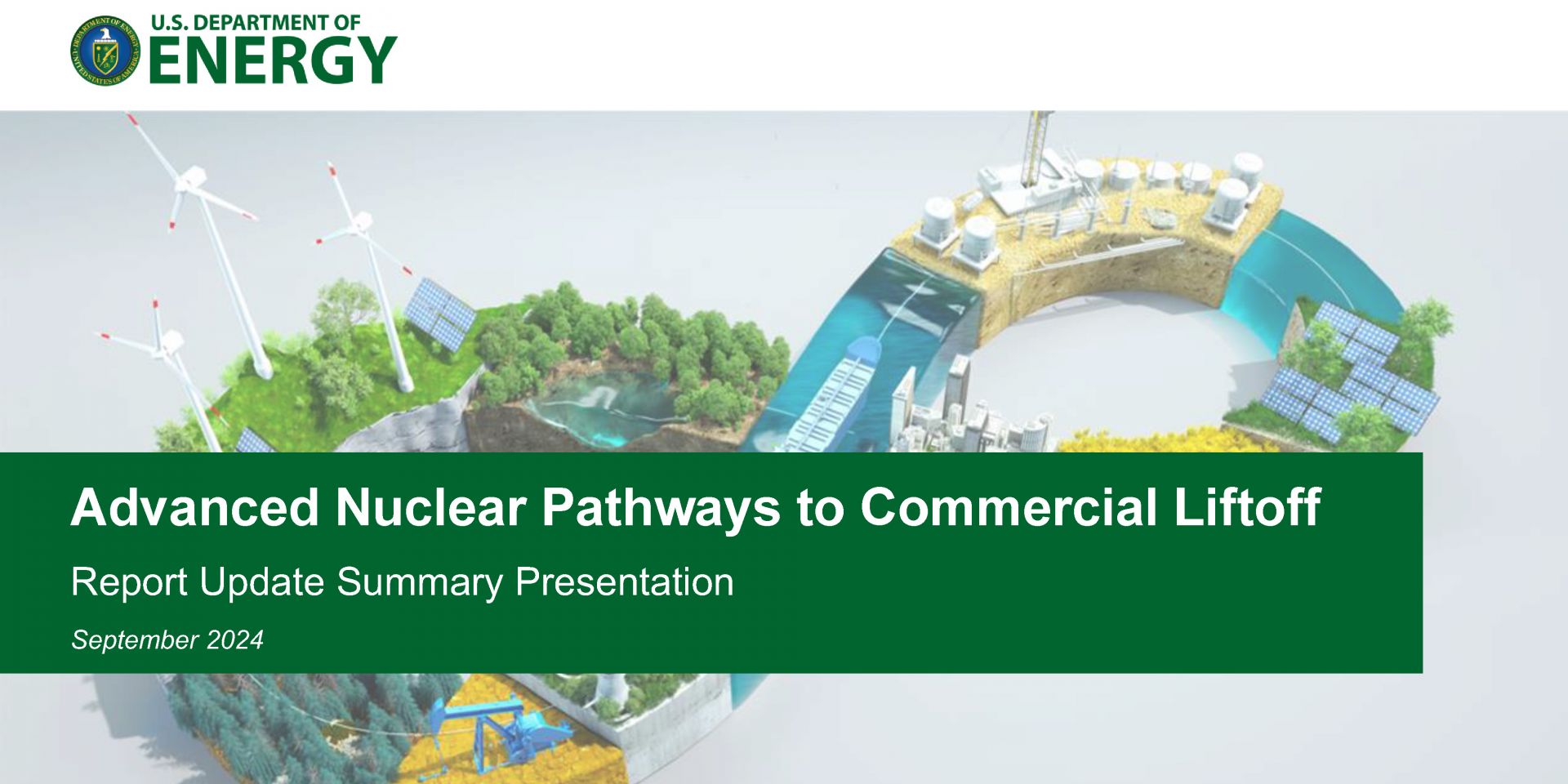

.png)
